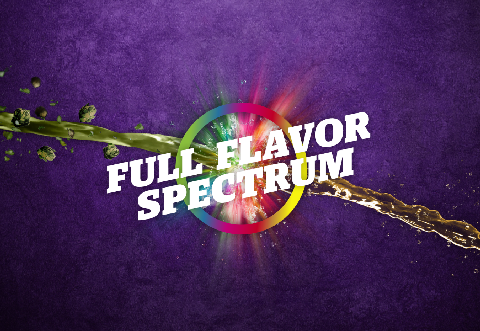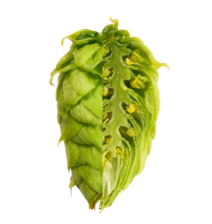

Hops and Hop Products
LUPOMAX
SPECTRUM
BarthHaas Products
We’re working hard to optimize every step within the brewing process. Find the right BarthHaas product for your brewing.
Which part of the process do you want to optimize? Choose your option:
Our Hop-Highlights
Get To Know BarthHaas Quality






